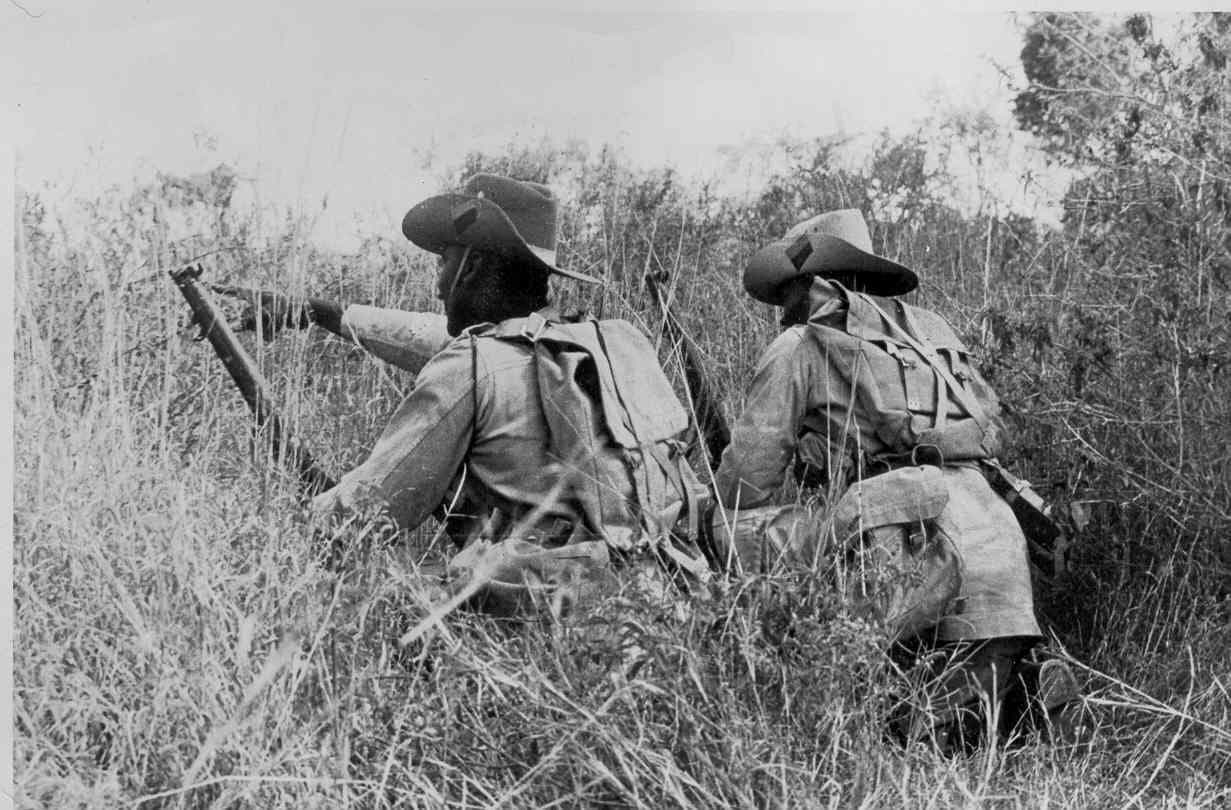We're loading the full news article for you. This includes the article content, images, author information, and related articles.
A painstaking global effort to identify thousands of Kenyan soldiers who died for the British Empire is forcing a national reckoning with a colonial history of systemic discrimination and erasure.

NAIROBI – Some 85 years ago, Mutuku Ing’ati, a man in his thirties, walked away from his home in Syamatani village, southern Kenya, and vanished. For decades, his family searched, following faint leads that always ran cold. He was a ghost, lost to memory, until his name surfaced in British military archives nearly a century later.
On Saturday, November 8, 2025, stories like Ing’ati’s are central to a historic re-examination of Kenya’s role in World War II. The Commonwealth War Graves Commission (CWGC), the global body responsible for commemorating the war dead, contacted his nephew, Benjamin Mutuku, revealing a hidden history. Ing’ati had travelled 180km to Nairobi, the colonial capital, and enlisted as a private in the East African Scouts. On June 13, 1943, he was killed in action. His family was never told. His grave is unknown.
Private Ing’ati was one of nearly 100,000 Kenyan men recruited to fight for the British Empire. These soldiers, mostly volunteers from communities like the Akamba, served in the King's African Rifles (KAR) and other units, forming a critical part of the Allied forces. They fought in the successful East African Campaign against Italian forces, the invasion of Madagascar, and the brutal Burma Campaign against the Japanese.
Despite their crucial contributions, African soldiers were subjected to what an official 2021 UK government report called “pervasive racism.” This discrimination was systemic. Black soldiers could not rise above the rank of warrant officer, regardless of merit, and were commanded by white officers. Upon their return, veterans found themselves with meagre pay compared to their white counterparts and competed for scarce jobs, their sacrifices largely unrecognised by the colonial administration.
This inequality extended even into death. A foundational principle of the CWGC, established in 1917, was equality of treatment for all who died. However, investigations have revealed this promise was not kept for African and Asian troops. A landmark 2021 CWGC report, which prompted an unreserved apology from the British government, found that at least 116,000 casualties, predominantly from Africa and the Middle East, were not commemorated by name or at all after World War I. The reasons were rooted in the “entrenched prejudices, preconceptions and pervasive racism of contemporary imperial attitudes.”
For World War II casualties, while the exclusion was not as systematically absolute, the CWGC's 2025 follow-up report found that the imperial system still delivered “unequal outcomes.” Thousands of African servicemen were left in battlefield graves instead of being moved to permanent cemeteries. In Kenya, many who died were buried in so-called “native cemeteries,” which were later deemed “unmaintainable” by colonial authorities and abandoned, their names transferred to collective memorials. The Nairobi War Cemetery, the largest in East Africa, commemorates over 1,900 Commonwealth casualties, while the East Africa Memorial within it bears the names of over 2,200 who have no known grave.
The CWGC is now engaged in a multi-year, global effort to right these historical wrongs. Through its Non-Commemoration Programme, researchers are meticulously combing through archives to find the names of the unremembered and locate abandoned burial grounds. In Kenya, the CWGC's heritage team works with local communities, seeking elders who might remember the locations of these forgotten cemeteries. This painstaking work aims to provide individual recognition to every soldier who was previously overlooked.
This process is more than a historical accounting exercise; it is a vital act of national memory recovery for Kenya. The erasure of these soldiers from the historical record has left a significant gap in the country's understanding of its past. The return of these names and stories offers a chance for families to find closure and for the nation to fully acknowledge the complex sacrifices made during the colonial era.
The experiences of these soldiers also had a profound impact on Kenya's path to independence. Veterans returned with a new political awareness and organizational skills, many of whom became active in the pro-independence movement that led to the Mau Mau Uprising in 1952. Honouring their wartime service is therefore intrinsically linked to honouring their role in the fight for Kenya's freedom.
For families like the Ing’atis, the confirmation of a loved one's fate, however painful, ends a lifetime of uncertainty. For Kenya, the work of the CWGC is a crucial step in reclaiming a history that was deliberately forgotten, ensuring that the thousands who “went and never came back” are finally, and equally, remembered.
Keep the conversation in one place—threads here stay linked to the story and in the forums.
Other hot threads
E-sports and Gaming Community in Kenya
Active 7 months ago
Popular Recreational Activities Across Counties
Active 7 months ago
The Role of Technology in Modern Agriculture (AgriTech)
Active 7 months ago
Investing in Youth Sports Development Programs
Active 7 months ago